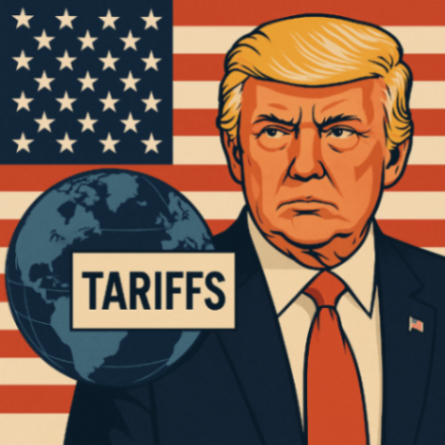
Can tariffs shape the world? What Trump’s economic pressure means for U.S. leadership and alliances
As of mid-2025, Trump’s sweeping tariff strategy has transformed beyond trade. Spanning Europe, Asia, and Latin America, U.S. tariffs now touch everything from cars to semiconductors. And while tariff revenues exceed $64 billion per quarter, the real transformation lies in geopolitics. 🇺🇸 Is the U.S.-led world order strengthening? Supporters argue: the U.S. is no longer being taken advantage of. Trump challenges "free-riding" on defense, tech sharing, and trade imbalances. His tariff threats have pushed nations to negotiate—from Korea’s defense contributions to NAFTA’s successor (USMCA). This suggests that “tough talk” leadership can work when global norms stall. 🌍 Or are allies quietly stepping away? But consequences are real. ●The EU is preparing its own independent trade strategies. ●ASEAN countries deepen ties with China. ●Canada and Japan question U.S. reliability. The world is learning how to trade around the U.S., not through it. Trust erosion is hard to reverse. 🤝 What does leadership mean in 2025? In this era, global leadership isn’t just about strength—it’s about credibility, consistency, and cooperation. Unpredictable tariff swings and politically driven pressure undermine those values. Allies now hesitate to commit long-term, knowing U.S. policy can shift with each election. 🔍 Do Trump’s tariffs draw allies closer—or push them away? 🔍 Can “transactional diplomacy” ever replace value-based leadership? 🔍 Is America stepping down as a world leader to become a lone superpower merchant?
flo-mfw
조회수 23 • 8일 전
정치